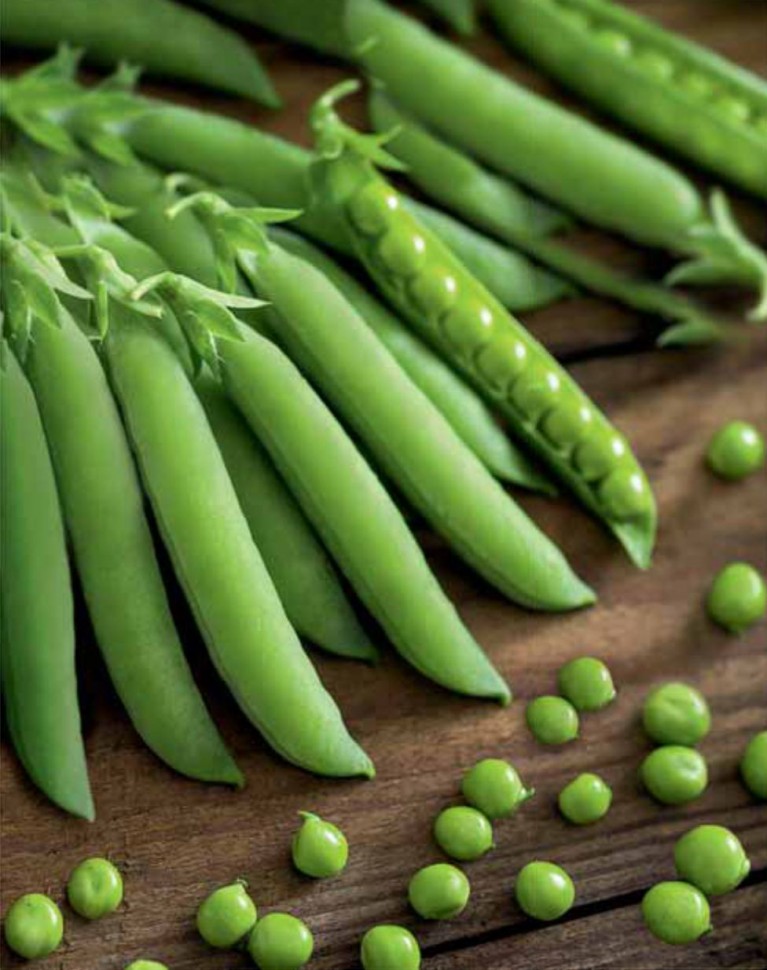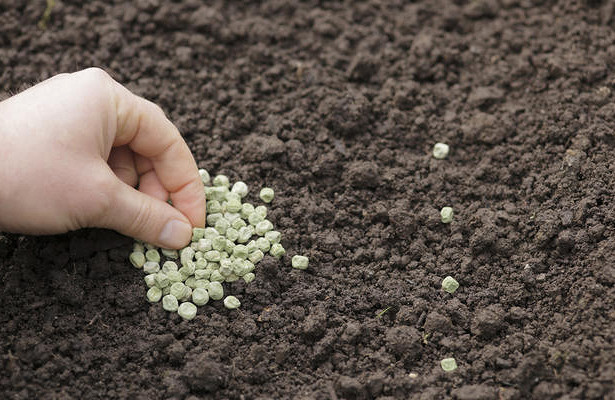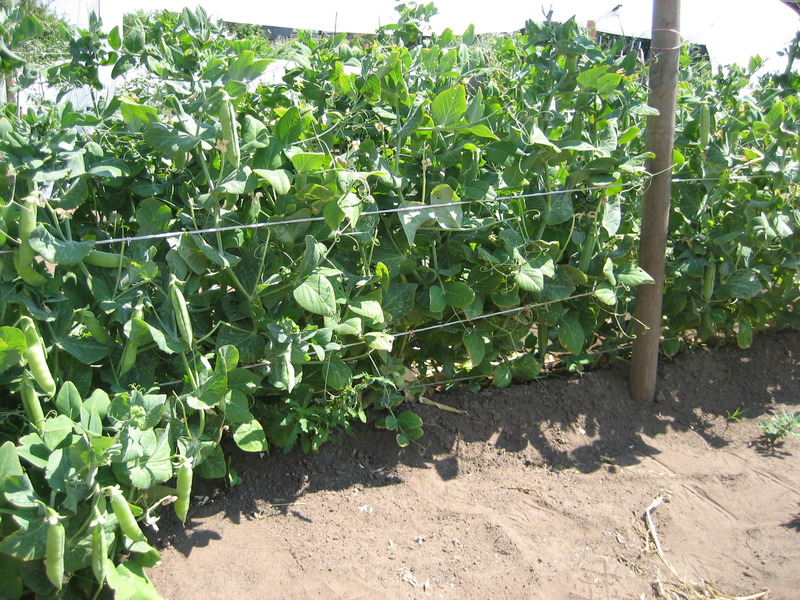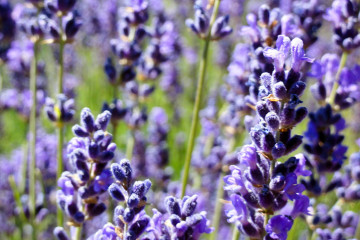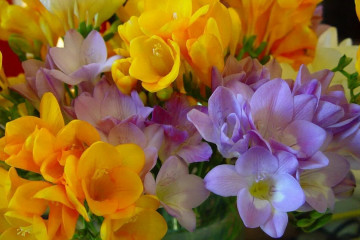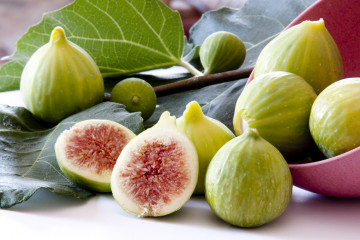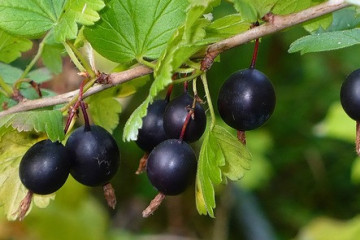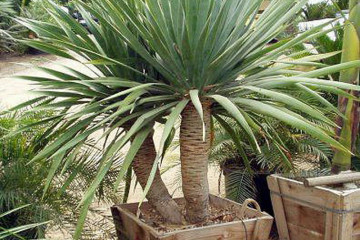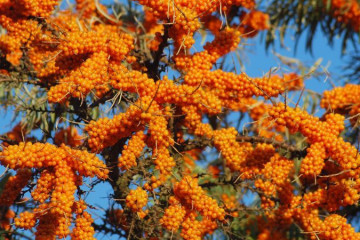Gloriosa peas - growing peas at home
Content:
Gloriosa peas are one of the early ripening varieties. Many note that its characteristics, both in cultivation and in processing, allow it to be the best among its counterparts.
Description of the vegetable variety Gloriosa
Pea vegetable Gloriosa belongs to the legume family. From school, everyone knows that, according to the classification of biology, a culture belongs to the class of plants in which the embryo has 2 lobes.
In Russian latitudes, they prefer to grow peas as an annual plant, although there are perennial species. Gloriosa is one of the representatives of annual vegetable crops. The plant can grow up to 65-80 cm in height. Ripeness occurs 55-60 days after sowing. Average yield under optimal growing conditions is from 50 tons per hectare. Vegetable pea seeds delight with a large and sweet harvest. Gloriosa peas stretch up high enough that they need support. Dense pods are formed on the bush, each of them contains from 7 to 9 fruits.
Gloriosa sugar pea (variety description) is a legume (asparagus) representative of the legume species. It can be planted at home on a windowsill. The potting option is not entirely suitable for grain production, as the peas require more space and sun to ripen the grains.
The color of the fruit is dark green, the taste is sweet. These peas contain less starch and more sugars than smooth grain peas. Gloriosa is used in cooking for the preparation of completely different dishes:
- soups;
- mashed potatoes;
- salads.
The culture is very rich in vitamin C and protein, which is why it is used to prepare baby food for a one-year-old child. Starting from a year, you can introduce pea puree into the nutrition of babies.
About seeds
When purchasing Gloriosa vegetable pea seeds for sowing, you should check the labeling on the package. If the seed was harvested more than 3 years ago, the seedlings will be uncooperative, even during germination there will be a noticeable divergence of germination. There is a possibility that such seeds will not germinate at all.
How and when to plant Gloriosa sugar peas
Growing peas at home does not pose a big problem, since any pea is a fairly cold-resistant crop. You can sow it on the site in the early stages, already in the twenties of April.
How to plant peas at home? Seeds must be prepared initially, only then sowed in the garden.
Germinating the seeds will allow you to see:
- What seeds are suitable for sowing.
- Thanks to the germination process, seedlings appear earlier.
- Sowing with germinated seeds will provide even seedlings in the beds "without falling out".
Seeds that have been prepared in advance are sown in pre-moistened soil. Planting peas is required in rows. The distance between them should be 15 cm, the embedment depth should be between 3 and 4 cm.
Peas should be watered frequently, it is very important not to overdo it. Plants require a lot of water, but they do not tolerate stagnant moisture well.In no case should the pea pods be allowed to dry, otherwise the crop will lose its beneficial properties.
A sunny place is suitable for growing peas. The bed should be open, while protected from drafts and strong winds. Failure to follow this growing rule will result in poor yield and ripeness. As a rule, peas begin to sprout outdoors 6-15 days after sowing.
How to germinate peas at home
Before sowing seeds, you need to prepare the material:
- It is necessary to treat the planting material with fungicidal dressing agents so as not to fight against fungal diseases later. The dosage for processing can be found on the packaging. Today it is recommended to process pea seeds with TMTD VSK and Sinclair.
- After treatment against diseases, the seeds are treated with growth regulators. For peas, boric acid is an excellent option for early germination. The seeds are placed in the solution for 5 minutes. A preparation based on water is being prepared: 2 g of boric acid is taken for 10 liters of water.
- After that, the pea seeds are placed in a warm, dark place. The best option would be to use a tissue soaked in the growth regulator, you can also place it in a regular container with water. After 7-8 hours, the seeds will begin to peck, after 12 the root will be clearly visible.
Agrotechnical cultivation
Agro-technical measures for planting begin in the fall, after the entire crop has been harvested, and areas for new sowing have been allocated.
Deciding on a site for future sowing is quite simple if you keep notes on crop rotation, taking into account the best predecessors for each crop. For peas, beets and carrots are excellent precursors, and legumes will also grow well after potatoes and buckwheat.
After deciding on the place of future sowing, potash-phosphorus fertilizers are applied before winter (dosage is from 20 to 40 grams (1 / 2-1 / 4 cup) per square meter). Without fail, nutrients are embedded in the soil. The soil is dug up, at this time fertilizers are applied.
With the onset of spring, having selected and prepared the seeds, it is necessary to start preparing for sowing a vegetable garden. First of all, the soil is loosened (dug up, leveled). Fertilizers are introduced without fail - nitrogen fertilizers with embedding (using a rake) in a dosage of 10 to 20 grams per square meter.
Seeds are sown in the grooves, the distance between the seeds should be at least 7-10 cm.
Gardener tips:
- Crops should be covered with a fishing net or spunbond. This will protect them from bird visits.
- It is worth feeding the plants in the process of pod formation directly along the bush itself, spraying on the leaf. It is necessary to use only nitrogen fertilizers for this.
- It will turn out to grow a wonderful harvest if you plant the plants according to the scheme of 13-16 cm * 25-30 cm. Each bush will grow comfortably in the garden.
- To extend the harvesting time, germinating and sowing a crop is in several stages. The intervals between them should be from 7 to 10 days.
In the process of cultivation, it is necessary to weed the beds with peas, water, feed (dosage 50 g per 10 liters of water). It is best to feed developing plants with liquid fertilizers during watering: first, the beds must be shed with water, then the plants must be fed.
When the plants begin to whisker and curl, care should be taken to place a peg on the site. If this is not done, the peas will “look for” an emphasis in order to “climb” up, such actions can harm neighboring plants.
Harvesting
You can start harvesting 2 weeks after flowering ends (the plant begins to bloom 25-29 days after sowing). The harvesting period can last 30-45 days, since the peas gradually begin to bloom and bloom for 1.5 months, at which time the crop can be harvested.
Having studied the detailed material about the culture, as well as the step-by-step agrotechnical process, you can grow an excellent harvest on your own plot. Useful advice from gardeners will help even beginners in gardening to get the desired result.
